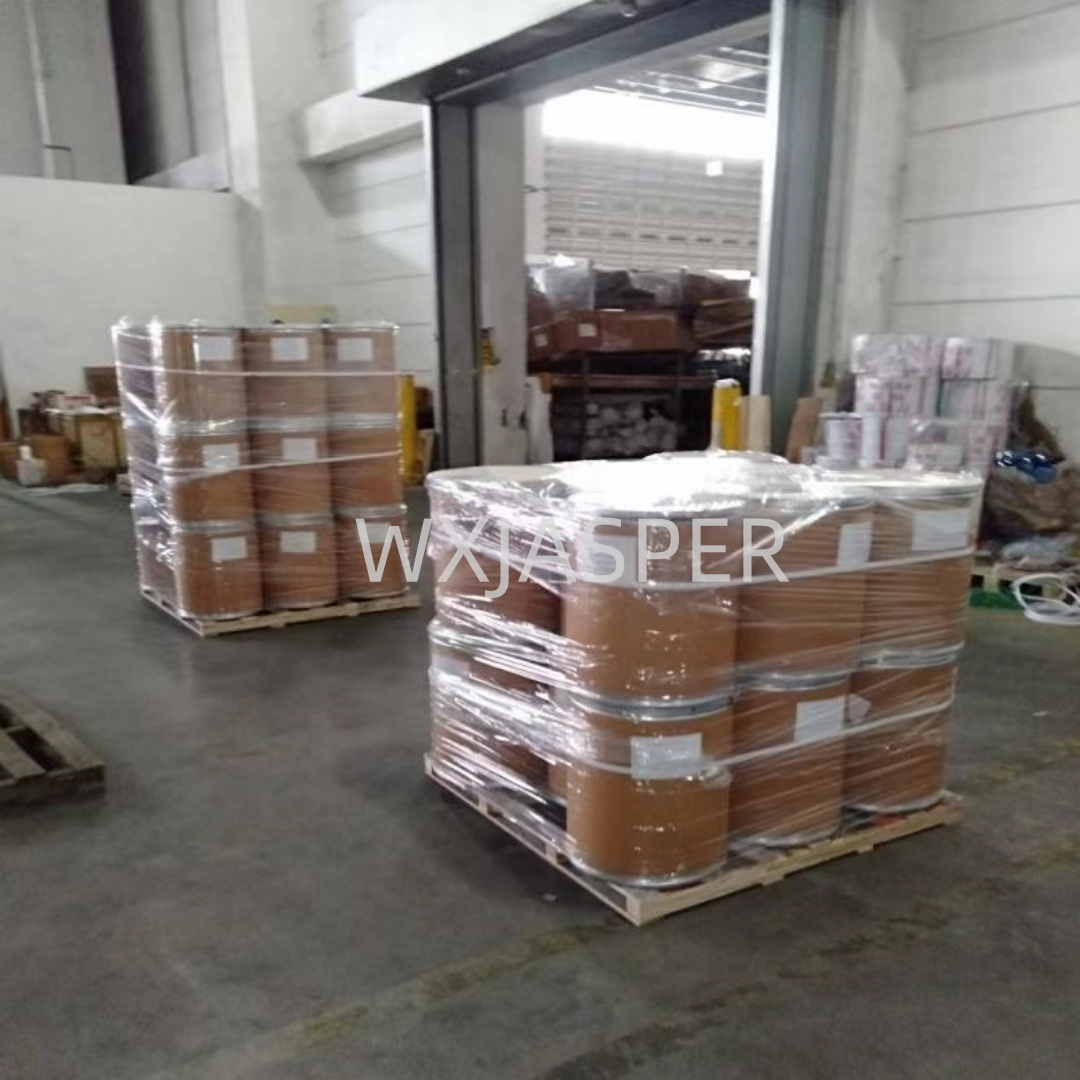Your Location:Home > Products > Solvents > Diphenyl carbonate



CasNo: 102-09-0
MF: C13H10O3
Appearance: powder
Delivery Time: 15 days
Packing: 25kg/drum
Purity: 99%
Basic Information
|
Model NO. |
102-09-0 |
Appearance |
Powder |
|
Color |
White |
Purity |
99% |
|
Sample |
Available |
Specification |
25kg/drum |
|
Grade Standard |
Industrial Grade |
Origin |
China |
|
Transport Package |
Drum |
|
|
Product Description
Product Name:Diphenyl carbonate
CAS No: 102-09-0
Molecular formula :C13H10O3
Form: Powder
Product Application
Polymer - material Synthesis: It is an important synthetic raw material for engineering plastics such as polycarbonate (PC), which is widely used in plastic products, optical materials, electronic materials and other fields.
Pesticide Field: It is mainly used in the synthesis of methyl isocyanate in pesticide production, and then used to prepare carbamate pesticides, such as carbofuran.
Plastic Industry: It is used to manufacture polyaryl carbonate, p - hydroxybenzoate polyester, aliphatic monoisocyanate, diisocyanate, etc., and can also be used as a plasticizer for plastics such as polyurethane and polyester, and as a solvent.
Packaging
25Kg/drum
Storage
It should be stored in a cool and dry place, away from fire and heat sources, and keep away from strong oxidants. Generally, the storage temperature can be 2 - 8°C, and it should be protected from light and moisture.